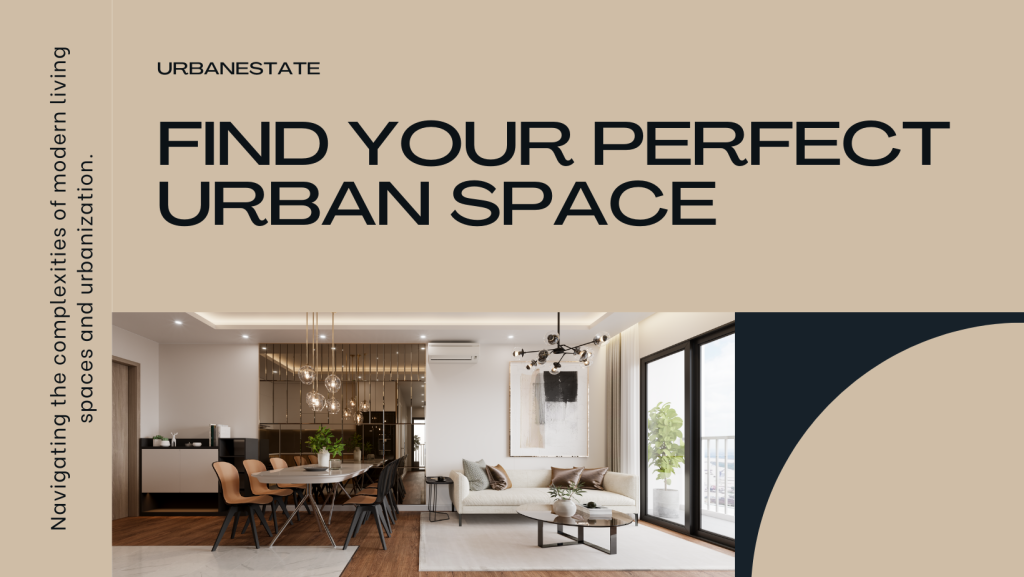Global urbanisation trends have caused a significant upheaval in real estate markets across the board. The need for urban living areas has increased to previously unheard-of heights as people continue to move to cities in pursuit of cultural and economic opportunities. Developers are scrambling to supply luxury apartments and high-rise condos to accommodate the demands of an expanding urban population.
In today’s hectic city, the idea of home has changed dramatically. Contemporary living spaces now incorporate a wide range of architectural designs and amenities, rather than being limited to traditional houses with picket fences. Modern urban complexes offer a variety of amenities to suit the varied lifestyles of city inhabitants, including rooftop gardens, shared workspaces, and cutting-edge fitness centres.
Urbanisation does, however, also bring with it special difficulties for both developers and inhabitants. Urban real estate buyers face a number of challenges, including rising property values, space shortages, and infrastructure limitations. The demand for creative solutions to the housing crisis and transport problems is growing as cities get denser.
Urban living continues to have a lot of appeal despite these drawbacks. The vibrant and diverse city life is more appealing to many people than its disadvantages, which is why the number of people living in cities worldwide is still rising. Real estate developers are therefore under pressure to use their imaginations when creating living spaces, making sure that they not only satisfy the wants of their clients but also add to the general sustainability and livability of urban areas.
In summary, urbanisation has changed the real estate market and ushered in a new phase of contemporary living. The need for creative urban developments will only increase as cities grow and change, propelling the real estate markets’ future advancements for years to come.


